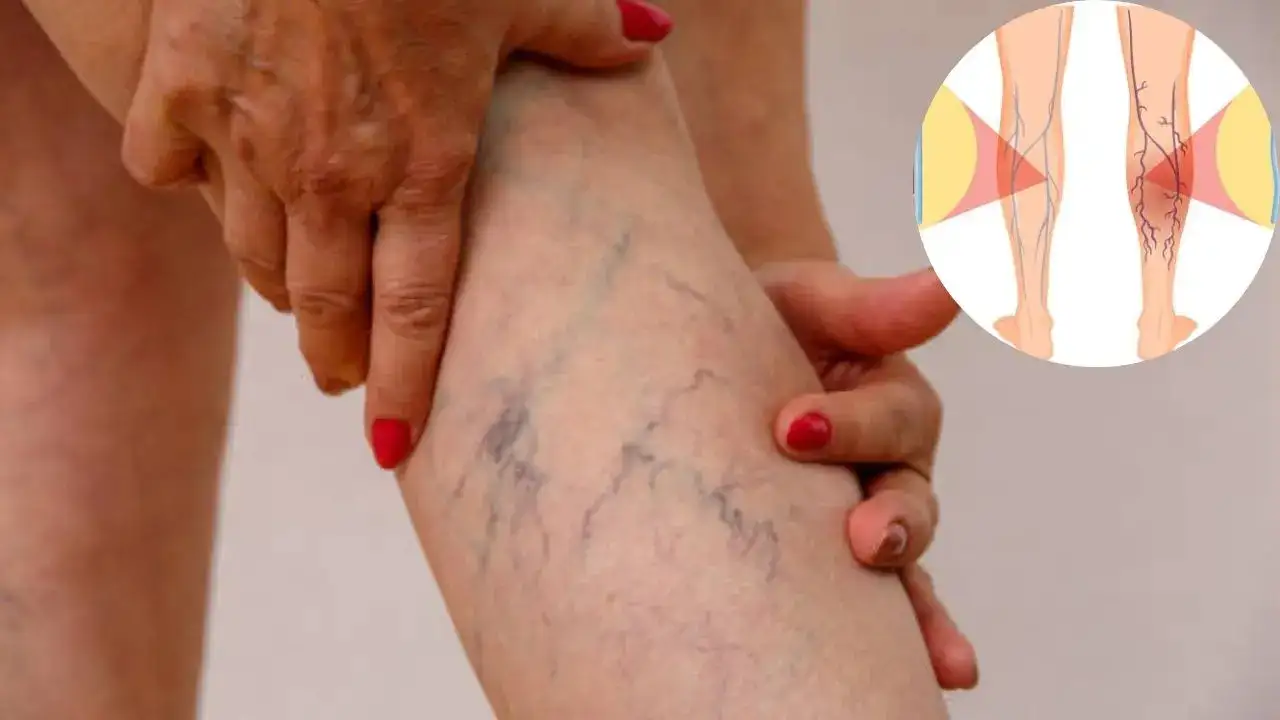
A sedentary lifestyle, desk jobs, sitting or standing for long hours, lack of exercise, obesity, pregnancy, and lack of awareness are the major contributors to varicose veins
The prevalence of varicose veins, enlarged and twisted veins, has been on the rise among adults in the last 30 years. The condition—which is painful, itchy, and causes a variety of symptoms like leg pain and swelling—affects quality of life and can also lead to complications if left untreated.
At present, it is reported that globally around 73 per cent of the population is affected by varicose veins. A sedentary lifestyle, desk jobs, sitting or standing for long hours, lack of exercise, obesity, pregnancy, and lack of awareness are the major contributors to varicose veins. If left untreated, they can lead to severe complications, including ulcers or ruptures.
“Timely intervention is key to managing varicose veins and improving the quality of life of the patient,” Dr. Ashank Bansal, a renowned endovascular surgeon, told Times Now.
What is causing a rise in cases of varicose veins?
Varicose veins happen when the walls of your veins begin to weaken. As blood pressure in your vein increases, the weakened walls allow your vein to get bigger, leading to stretches as the valves that keep blood moving in one direction in your vein cannot work as they should.
The sluggish blood backs up or pools in your veins, causing your veins to swell, bulge, and twist.
According to Dr. Bansal, who says the number of those affected with the ailment has risen significantly, a sedentary lifestyle and lack of exercise are the most common causes behind it. Along with that, experts say genetics, ageing, and hormonal changes also cause varicose veins.
Doctors advocate minimally invasive techniques to treat varicose veins
According to Dr. Bansal, using modern and minimally invasive techniques like endovenous laser therapy, or EVLT, helps offer faster recovery, minimal discomfort, and effective long-term relief.
Dr. Bansal and his team recently conducted the EVLT—a laser-based procedure that seals off the damaged veins and allows blood to reroute through healthy ones—on a British teacher whose condition had worsened to the point where it became difficult for her to walk or even stand. Fifty-two-year-old Ruth Scholling’s surgery was done under local anesthesia, and she returned to normal activities quickly.
Ruth’s case is an ideal example of how timely intervention and expert care can transform the quality of life. Within 24 hours of the procedure, she was discharged and pain-free within a week, ready to resume her daily life. There are many other patients like Ruth who are battling varicose veins and suffer in silence. It is imperative to seek timely intervention to be able to improve the quality of life.
Where do varicose veins usually appear?
Mostly, varicose veins develop on the lower half of your body, like calves, ankles, and feet. They can also develop in the pelvic area - especially in women who have given birth.
What are the signs and symptoms of varicose veins?
According to experts, the most recognisable sign of varicose veins is a gnarled, blue, or purple vein just under your skin’s surface. Others include:
Bulging veins
They appear just below the surface of the skin on your legs, ankles, and feet in clusters and look like spider veins.
Heavy legs
Muscles in your legs may feel tired, heavy, or sluggish, especially after physical activity.
Itching
The area around a varicose vein may itch a lot
Pain
You may have recurrent pain in your legs along with occasional muscle cramps.
Swelling
Your legs, ankles, and feet can swell and throb
Skin discolourations and ulcers
Without treatment, varicose veins can cause discolourations on your skin. Severe varicose veins can even lead to venous ulcers on your skin.
Get Latest News Live on Times Now along with Breaking News and Top Headlines from Health and around the world.
